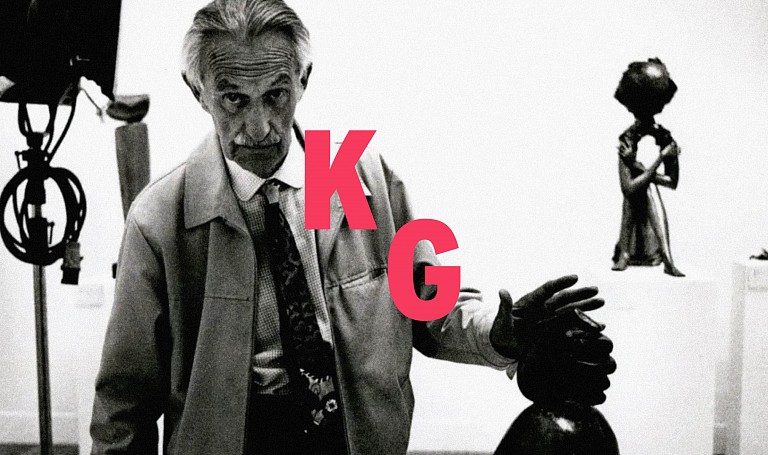|
Frederick Edward [F.E.] McWilliam
Northern Irish, 1909-1992
Frederick Edward McWilliam CBE RA was a Northern Irish surrealist sculptor who worked chiefly in stone, wood, and bronze.
McWilliam was born in Banbridge, County Down, Ireland, the son of Dr William McWilliam, a local general practitioner. Growing up in Banbridge had a significant influence on his work. In his letters to his friend Marjorie Burnett, he made references to furniture makers such as Carson the Cooper and Proctors.
He attended Campbell College in Belfast and later attended Belfast College of Art in 1926. After 1928, he continued to study at the Slade School of Fine Art in London. He originally intended to become a painter but was influenced by A.H. Gerrard, Head of Sculpture at the Slade, and by Henry Moore, whom he met there, who turned to sculpture. He received the Robert Ross Leaving Scholarship, which enabled him and his wife (Beth Crowther) to travel to Paris, where he visited the studio of Brancusi.
After this visit, McWilliam began making sculptures. Influenced by Brancusi and the Surrealist movements, he fragmented and distorted the human form to produce objects that could appear sinister and darkly humorous.
During the first year of the Second World War, he joined the Royal Air Force and was stationed in England for four years, where he interpreted aerial reconnaissance photographs. He was then posted to India, where he taught art at the Hindu Art School in New Delhi. The war deeply impacted McWilliam, evidenced by his stylistic changes; his sculpture became more rugged and often naturalistic.
After teaching at the Chelsea School of Art for a year, he was invited by A. H. Gerrard to teach sculpture at the Slade, where he remained until 1968.
In the 1950s, he received many commissions, including the Four Seasons Group for the 1951 Festival of Britain exhibition. A significant commission (1957) was Princess Macha for Altnagelvin Hospital, Derry.
During the Northern Ireland Troubles, he produced a series of bronzes (1972–73) known as Women of Belfast in response to the bombing at the Abercorn Tea Rooms.
McWilliams was awarded multiple honors throughout his career, including an Honorary Doctor of Letters from Queen's University Belfast (1964). He was appointed CBE in 1966 and won the Oireachtas Gold Medal in 1971.
His work is in many public collections, including MOMA (New York) and Tate Britain. In 1984, the National Self-Portrait Gallery purchased a McWilliam self-portrait amongst acquisitions from fellow Northerners Brian Ballard, Brian Ferran, and TP Flanagan.
The Arts Council of Northern Ireland organized a retrospective of his work in 1981, and a second retrospective was shown at the Tate Gallery in 1989, on his 80th birthday.
He continued to carve up until he died in 1992.
|

